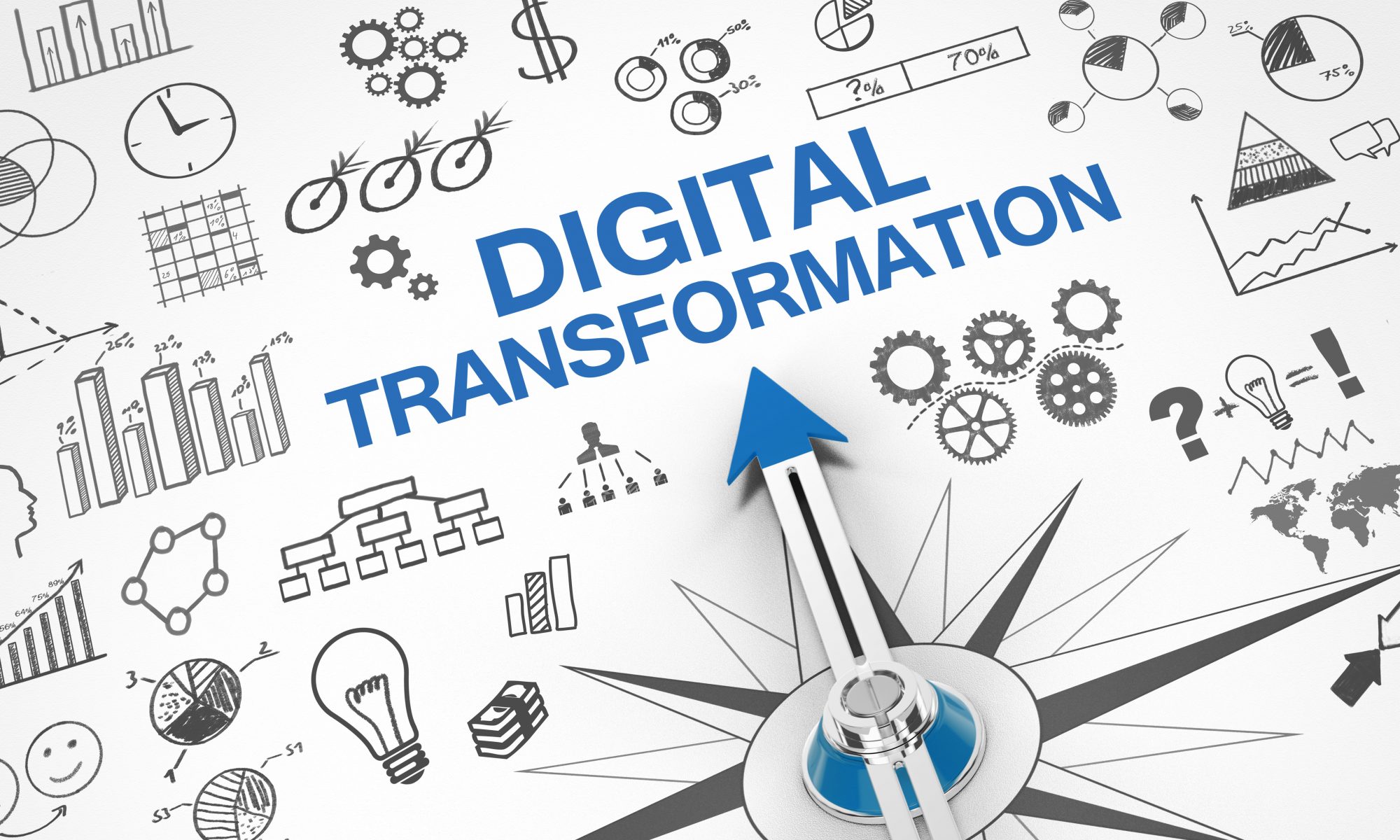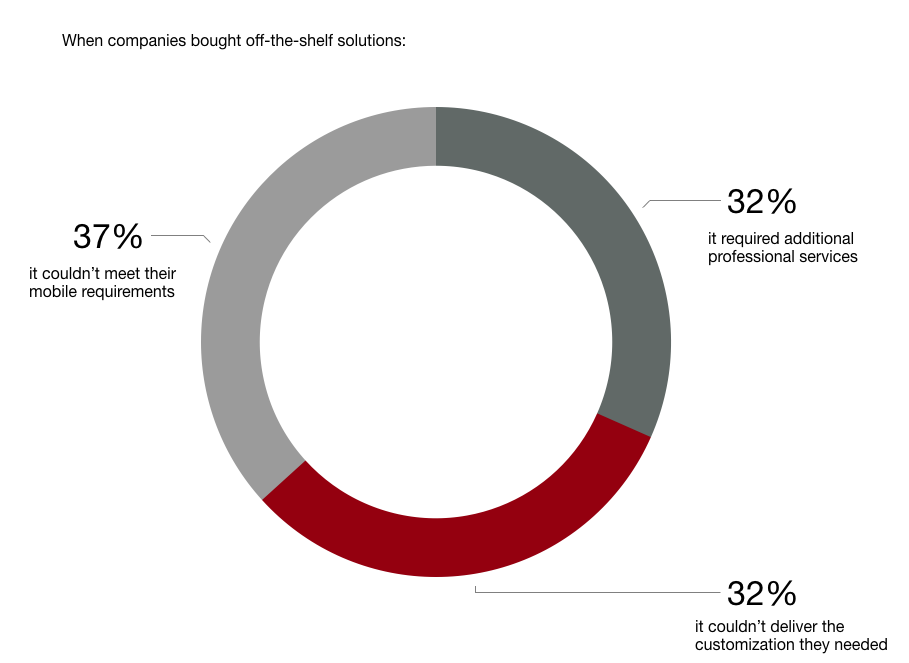The way we work has significantly changed in the past decade due to workplace trends and technology advancements. Most would agree that the most significant changes occurred in 2020 when the COVID-19 crisis brought about years of change in the way companies in all sectors and regions do business. Employers were caught off guard by the pandemic and scrambled to shift their workforce efficiently to a remote environment.
COVID-19 presented an opportunity – and a need – for many companies to build digital competencies. According to McKinsey Global, the impacts of the global crisis on businesses have led executives to recognize the strategic importance of technology as a critical component of an organization, and not just a source of cost efficiencies.
Many employers are looking at digital transformation to future-proof their businesses. They are implementing technologies to make their organizations agile, so when unforeseen changes occur in the future, the business will be ready to adapt.
Here are 5 ways to future-proof your business using modern technology:
1. Go paperless

Moving from hard copies to digital ones enables your employees to easily access everything at their fingertips. With a remote workforce, digital collaboration tools make it easier to conduct teamwork, plan and transfer information faster. Paperless accounting is huge and allows companies to send and receive invoices, payments, and handle general accounting functions without the risk of losing, misfiling, or mislabeling financial paperwork. Going paperless puts all of your content online, instead of having the bulk of documents in your workplace. Plus, it’s good for the environment.
2. Reimagine the day-to-day work process

Nothing compares to having work processes that save time and increase efficiency. Business functions like onboarding new employees or resolving everyday customer-service issues are made up of hundreds of smaller processes, such as opening a service ticket or submitting a laptop request for approval. By identifying which existing processes would benefit from a digital overhaul, your employees will have an easier time keeping track of things and working more efficiently.
3. Leverage automation
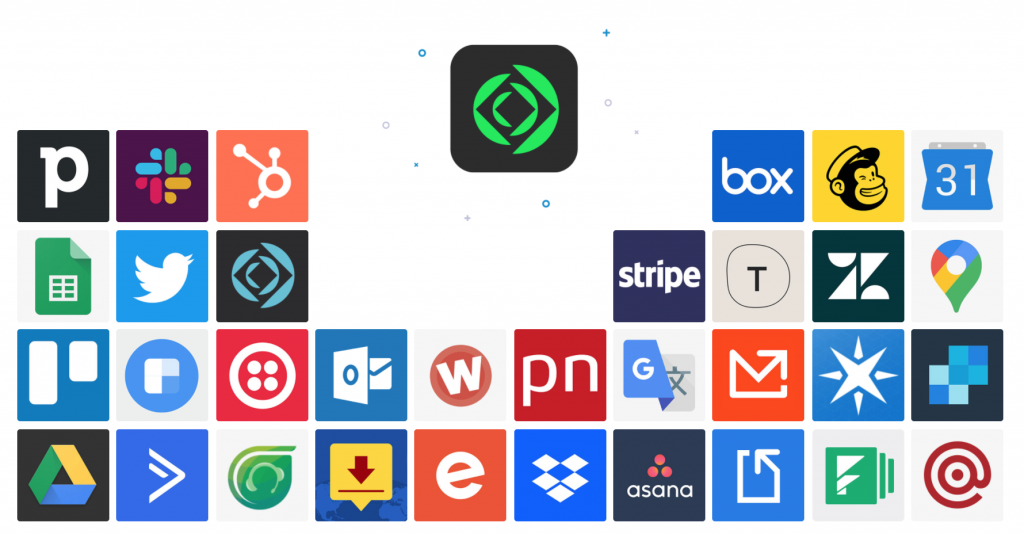
Running a business in today’s competitive world requires gaining an advantage and operating efficiently. To support your growing business and unique process, businesses need the ability to integrate and automate critical applications whether they’re in the cloud, on-premise, or on-device. By leveraging an integration platform – such as Claris Connect – businesses can orchestrate tasks and create highly efficient, streamlined workflows.
4. Invest in customized software for scalability
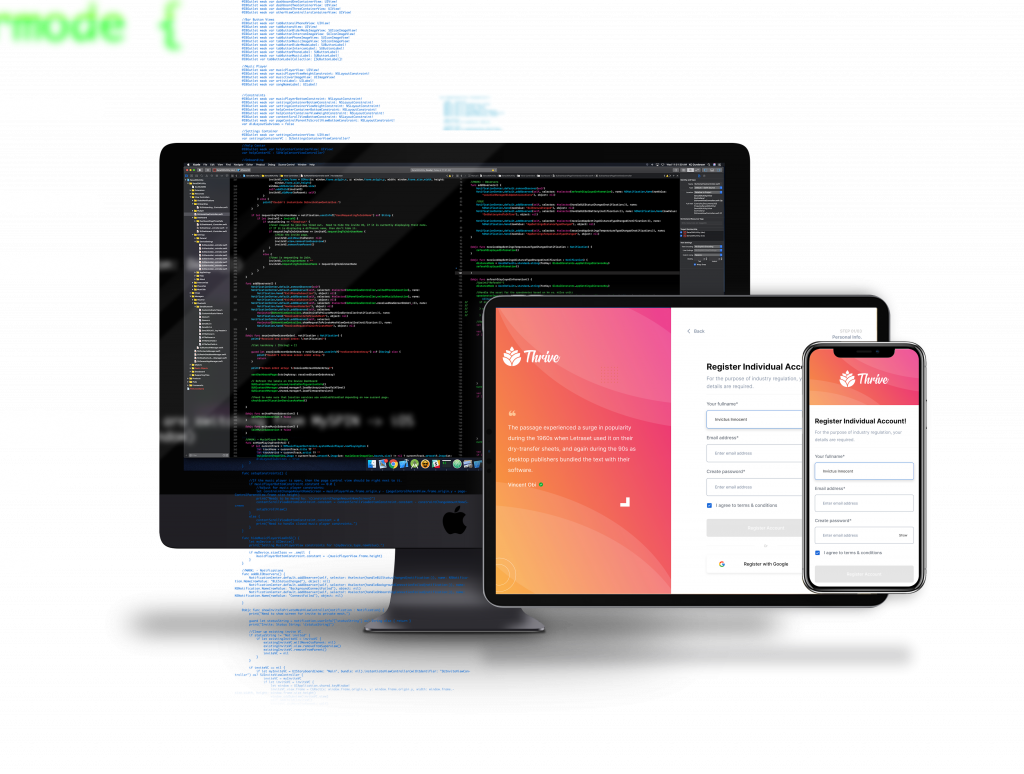 According to research by Accenture, one of the main reasons digital initiatives don’t succeed is that they don’t scale adequately beyond initial pilot projects. It’s important to plan how the technology you use will grow with your business. Customized software solutions can scale to account for the current and future requirements of your company.
According to research by Accenture, one of the main reasons digital initiatives don’t succeed is that they don’t scale adequately beyond initial pilot projects. It’s important to plan how the technology you use will grow with your business. Customized software solutions can scale to account for the current and future requirements of your company.
5. Make cybersecurity a priority
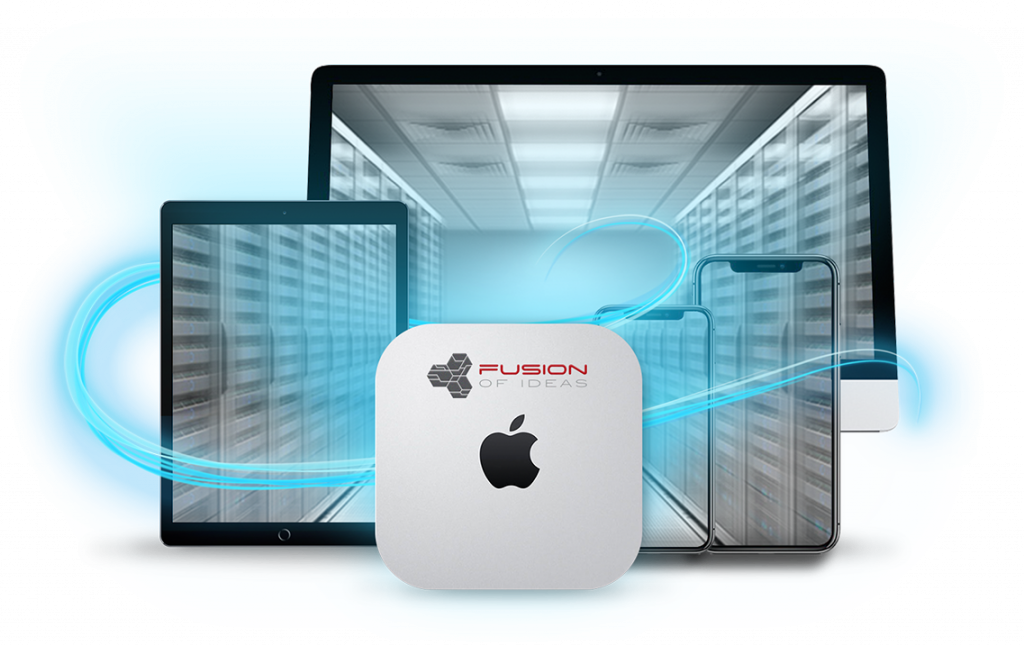 The threat of cyber attacks against modern businesses is increasingly relevant both inside and outside of the office. Particularly in today’s work-from-home environment, employees are working in a variety of unsecured locations, presenting business-sensitive data to a plethora of potential cyber threats. Cybersecurity strategies should include antivirus, encryption, software updates, and vulnerability scanning on mobile devices as well as mobile-specific security awareness training for relevant employees.
The threat of cyber attacks against modern businesses is increasingly relevant both inside and outside of the office. Particularly in today’s work-from-home environment, employees are working in a variety of unsecured locations, presenting business-sensitive data to a plethora of potential cyber threats. Cybersecurity strategies should include antivirus, encryption, software updates, and vulnerability scanning on mobile devices as well as mobile-specific security awareness training for relevant employees.
Even when you know future-proofing your business is essential, it’s easy to feel overwhelmed by the options offered on the market or get caught up in pursuing “the next big thing,” Before investing in or upgrading your business technology, it’s helpful to assess your current operations and identify the needs that most impact your organization.
FUSION OF IDEAS’ Solutions Mapping Services does just that. Whether you have a full technology plan but need help refining the strategy, or you need step-by-step guidance on how to begin your digital transformation journey, we can help. For a free initial consultation, contact us at 949.453.0740.




